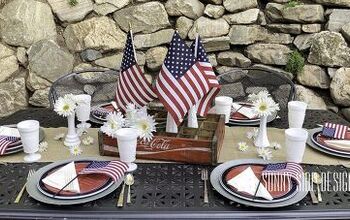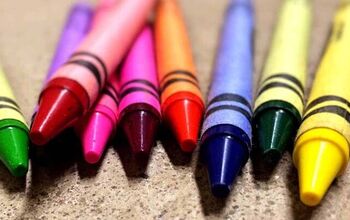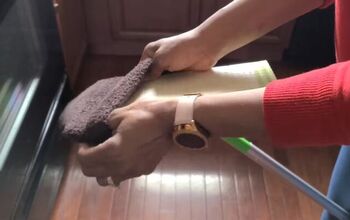Why I Choose to Live an Old-Fashioned Life

Many people believe that living in the country or leading a simpler life is out of reach or too challenging in today’s world. But I’m here to share how I’ve managed to maintain a simple lifestyle, drawing on practices from my past and my family’s traditions. I hope you find my experiences both relatable and inspiring.
In our modern age, conveniences are at our fingertips—stores just down the road, restaurants nearby, and deliveries that arrive the same day or the next. However, those of us who live in the country often do without these luxuries, and I wouldn’t trade it for anything.
I love the wide-open spaces, the peace and quiet, and simple joys like hanging my clothes on the line. It’s a peaceful task that gets me outside, soaking up the sunshine. In fact, it’s my favorite chore on the farm.
In my home, I don’t have an espresso machine, an air fryer, or even an ice cube maker. Our TV is just 32 inches, and I don’t have a rice cooker or a dishwasher. I don’t own a Stanley Cup, and there’s no central heating or air conditioning in my house. Some rooms don’t even have electricity.
When my husband and I were raising our six children, we had just one bathroom, so we all learned to be patient and work together. Our garage is too small to fit a modern car, as it was built for the much narrower Model T’s and A’s. We ended up converting it into a shed.
But despite what I lack in modern conveniences, I’m rich in other ways. I have my own water well, two ponds stocked with fish, and a one-room cabin in addition to my 197-year-old farmhouse.
I have a donkey, picnic tables my dad built that are so sturdy they’ll likely outlast all of us, and even a sandbox made from an old tractor tire for the grandkids. My grandchildren from the city love visiting—they enjoy the wide-open spaces, the freedom to run around and play safely without constant supervision.
My fences are made from pallets, and I’ve even used coat hangers to fix them. I have flowers, a garden, and I wouldn’t trade this life for anything. When I was growing up, nothing went to waste. Old tires were repurposed for everything from protecting rose bushes to making swings.
Even our clothing was homemade, with my mom sewing most of our clothes. She grew up with clothes made from old chicken feed bags and flour sacks, and those habits stuck with us. I still cut up old tea towels to make rags rather than discarding them.
My parents grew up with an icebox instead of a refrigerator, and they’d leave money for the iceman to make his weekly delivery.
My dad had a CB radio on all his tractors and pickups, which we used to try to reach him when needed. I remember how we’d listen to truckers over the CB radio during road trips, learning about traffic and weather conditions long before GPS existed.
My life has always been rooted in simplicity. I don’t use planners or budget apps; I just rely on old-fashioned notebook paper and calendars that I get for free from the bank.
My iPhone 8 and my 2012 car, which I bought used, still serve me well. These choices allow me to live a simple, cost-effective life that I love.
Living without a water bill, thanks to my own well, and keeping expenses low have helped me afford to retire early—a goal many find difficult in today’s expensive world.
Reflecting on the past, I’m often drawn to my parents’ era. Though I’m a Gen X, I was raised with Depression-era values, and it’s given me a strong foundation.
Some people assume I’m older because of how I was raised, but I see it as a gift. It’s allowed me to avoid getting caught up in the modern race to have the latest gadgets and conveniences, which in turn has afforded me the opportunity to retire early and live comfortably in this beautiful area.
I hope my experiences offer you a different perspective on frugality and simplicity. I’m grateful you’ve taken the time to listen to my stories and traditions, and I invite you to join me for future reflections.
Thank you for joining me, and I wish you a wonderful week ahead.
























Comments
Join the conversation